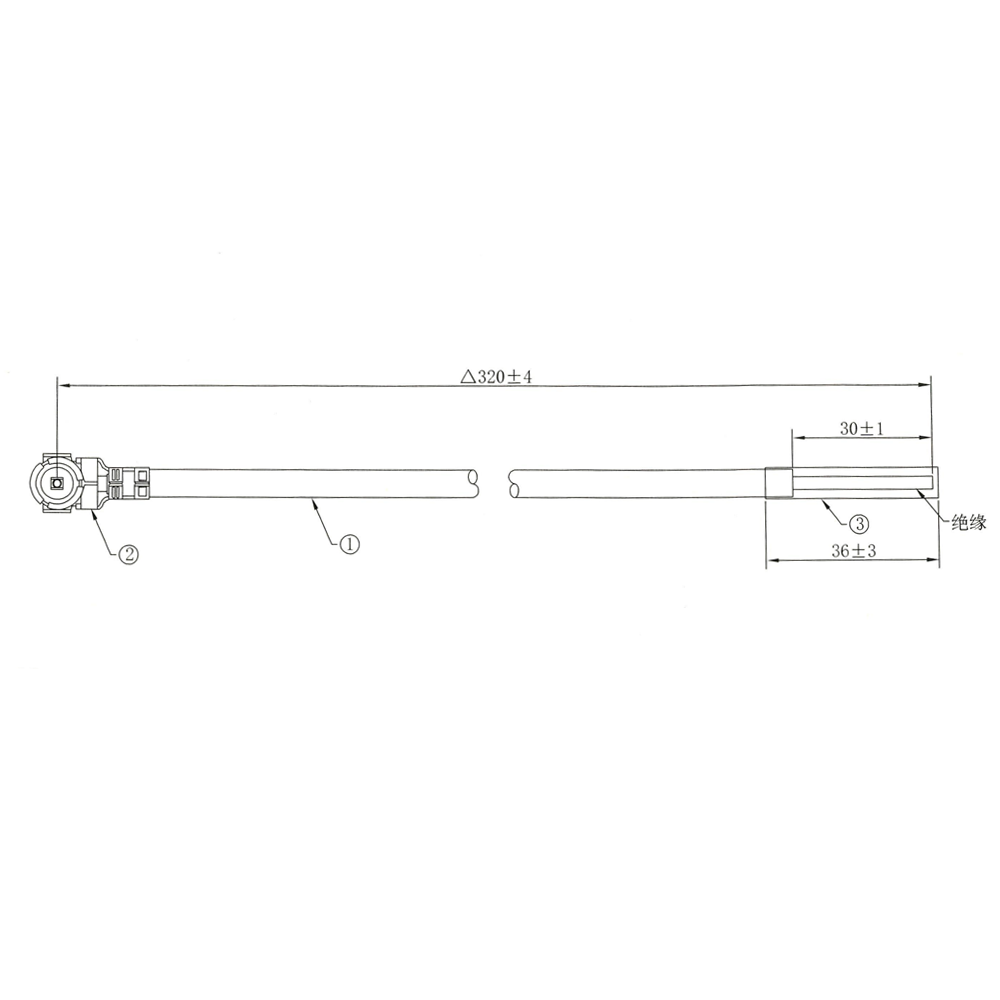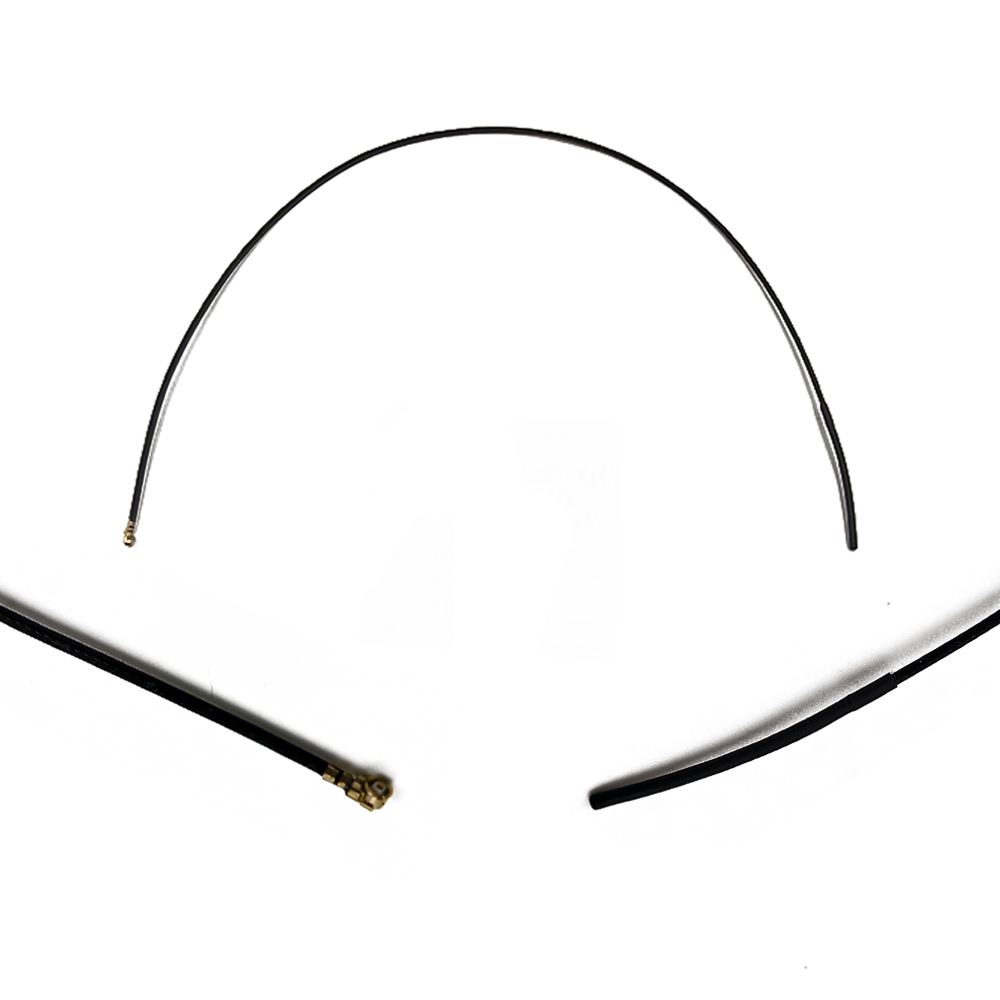The miniaturization of GNSS technology has acted as a key that has unlocked a vast landscape of applications, transforming industries and creating new markets. Looking forward, ongoing advancements promise to further expand these applications and enable even more precise and reliable positioning capabilities. This section explores the current deployment domains and the emerging trends that will shape the next generation of these devices.
Current Applications:
Consumer Electronics: This is the highest-volume market. Miniature GNSS antennas are embedded in every smartphone, tablet, smartwatch, and fitness tracker, enabling navigation, location-based services, geotagging, and activity tracking.
Automotive and Telematics: Modern vehicles are equipped with multiple GNSS antennas for in-dash navigation systems, advanced driver-assistance systems (ADAS), emergency eCall systems, usage-based insurance (UBI) dongles, and fleet management tracking for logistics companies.
Unmanned Systems: Drones (UAVs) rely heavily on GNSS for autonomous navigation, flight stabilization, geofencing, and precision landing. Their small size and weight make miniature antennas the only viable option.
Precision Agriculture: Tractors and agricultural robots use GNSS for guided steering, variable rate application (seeding, fertilizing, spraying), and yield mapping. Miniature antennas are integrated into ruggedized modules mounted on equipment.
Internet of Things (IoT) and Asset Tracking: This is a rapidly growing field. Miniature antennas enable low-power trackers for containers, pallets, livestock, pets, and high-value assets, providing global visibility into logistics and supply chains.
Wearables and Personal Safety: Beyond smartwatches, dedicated devices for child monitoring, elderly care, and personal safety buttons use GNSS to transmit location data in emergencies.
Aerial and Marine: While larger antennas exist for these markets, miniature versions are used in personal handheld navigators, backup systems, and on smaller vessels and aircraft where space is limited.
Future Trends:
Multi-Band and High-Precision for Mass Markets: The most significant trend is the migration of dual-frequency (e.g., L1/L5) and multi-band GNSS from the professional survey market into mass-market chipsets. This technology uses multiple frequencies to correct for ionospheric delay, the largest source of GNSS error. Miniature antennas must evolve to support these additional bands (e.g., GPS L2, L5; Galileo E5, E6) with wide bandwidth and stable phase performance, all within the same small form factor. This will enable centimeter-level accuracy in smartphones and consumer devices.
Tightly Coupled Integration with Other Sensors: GNSS performance is poor indoors and in deep urban canyons. The solution is sensor fusion. Future modules will see the GNSS antenna and receiver more tightly integrated with inertial measurement units (IMUs), wheel tick sensors, UWB radios, and 5G cellular modems. The antenna will be a core component of a holistic "positioning engine" that uses GNSS when available and seamlessly blends in other data when it is not.
Advanced Materials and "Antenna-on-Chip": Research continues into new ceramic-polymer composites and metamaterials that offer higher permittivity with lower loss tangents, enabling further miniaturization or performance gains. The holy grail is the full integration of the antenna onto the silicon of the receiver chip itself (AoCi - Antenna on Chip). While immensely challenging due to silicon's poor RF properties and the size constraint, even partial integration or very close co-packaging is a active area of development.
Beamforming and Adaptive Antennas: To combat jamming and sophisticated multipath, advanced antenna systems using multiple elements are emerging. By using a small array of miniature antennas and controlling the phase of the signal from each one, the system can electronically "steer" a beam towards desired satellites and create nulls in the direction of jammers or reflectors. This requires immense processing power but is becoming feasible for automotive and other high-end applications.
Enhanced Robustness and Authentication: As GNSS becomes critical infrastructure for autonomous vehicles and finance (e.g., timestamping), resilience against jamming and spoofing ( malicious fake signals) is paramount. Future antenna systems may include built-in features to help detect spoofing attacks based on signal direction of arrival using multiple elements.
L-band Satellite IoT Integration: New satellite constellations (e.g., Skylo, Ligado Networks) are offering direct-to-satellite IoT connectivity in the GNSS-adjacent L-band. Future miniature antennas may be designed to function as both a GNSS receiver and a narrowband communication terminal, all within one ultra-compact module.
In summary, the application space for miniature GNSS antennas is vast and growing. The future is not just about making them smaller, but about making them smarter, more capable, and more integrated. They are evolving from simple passive components into intelligent subsystems that are central to achieving robust, continuous, and trustworthy positioning for the autonomous and connected world of tomorrow.
Conclusion
The miniature compact GNSS antenna is a remarkable feat of engineering that belies its simple appearance. It stands as a critical enabling technology, a gateway that allows billions of devices to tap into the global utility of satellite navigation. Its development story is one of conquering immense physics-based challenges through innovation in materials, electromagnetic design, and electronic integration. From the fundamental ceramic patch architecture to the integrated low-noise amplifier, every aspect of its design is a carefully optimized compromise between the desirable—high gain, wide bandwidth, stable phase center, perfect circular polarization—and the necessary—minuscule size, low cost, and ruggedness.
This journey of miniaturization has fundamentally democratized access to precise positioning. What was once a technology confined to military units, survey teams, and commercial vessels is now in the pockets of billions, on the wrists of millions, and integrated into the fabric of modern logistics, agriculture, and transportation. It has unlocked new paradigms like the Internet of Things and revolutionized existing ones like personal navigation and asset tracking.
However, as we have explored, this miniaturization comes at a cost. The inherent trade-off between physical size and performance is a law of nature that engineers can mitigate but never repeal. Challenges of ground plane dependence, susceptibility to interference, and limited efficiency are ever-present design constraints that must be meticulously managed. The performance of the end product is never solely determined by the antenna itself but by the entire system—its placement, its environment, and the quality of the receiver it feeds.
Looking ahead, the role of the miniature GNSS antenna is set to become even more profound. It is evolving from a standalone component into a core element of a multi-sensor, multi-frequency positioning engine. The drive towards dual-frequency mass-market applications promises a leap in accuracy, while trends in integration, beamforming, and anti-jamming technologies promise a leap in reliability and security. These advancements will be foundational for the next wave of technological transformation, including autonomous vehicles, advanced robotics, and a truly global IoT.
In conclusion, the miniature compact GNSS antenna is a quintessential example of how a component-level innovation can have a system-level and ultimately a society-level impact. It is a testament to human ingenuity's ability to bend the rules of physics to its will, packing a powerful capability into a vanishingly small space. As our world becomes more connected and automated, this tiny portal to the satellites above will continue to be a silent, indispensable workhorse of the digital age.




































































 Language
Language
 En
En Cn
Cn Korean
Korean

 Home >
Home > 






 18665803017 (Macro)
18665803017 (Macro)













